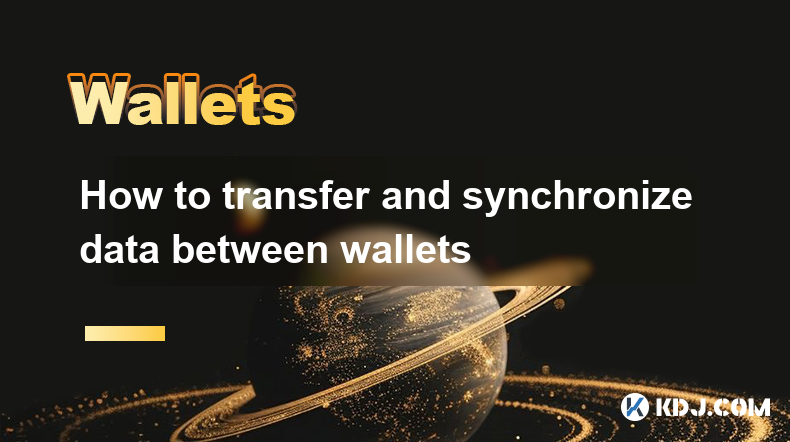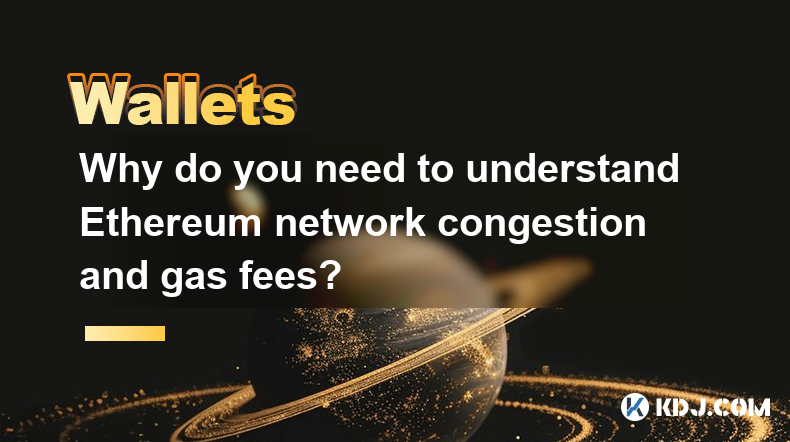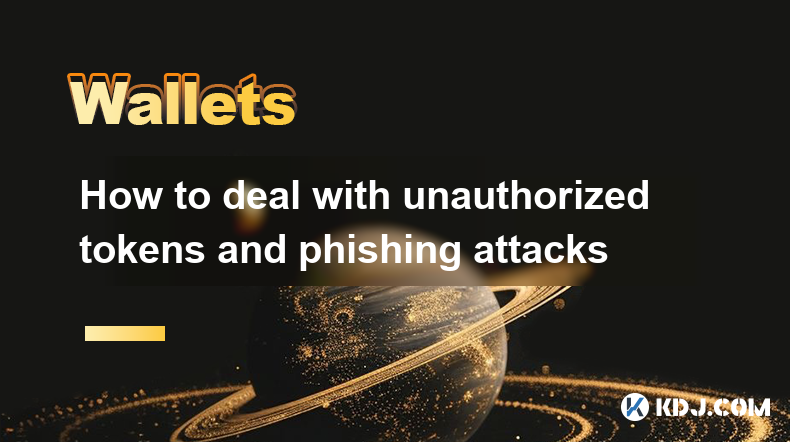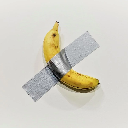-
 Bitcoin
Bitcoin $96,416.4241
-1.92% -
 Ethereum
Ethereum $2,712.4138
-2.43% -
 XRP
XRP $2.5787
-2.97% -
 Tether USDt
Tether USDt $0.9998
-0.05% -
 BNB
BNB $656.5551
-0.18% -
 Solana
Solana $172.7458
-2.70% -
 USDC
USDC $1.0001
0.01% -
 Dogecoin
Dogecoin $0.2440
-4.23% -
 Cardano
Cardano $0.7650
-4.76% -
 TRON
TRON $0.2371
-4.70% -
 Chainlink
Chainlink $17.5273
-4.83% -
 Avalanche
Avalanche $25.1611
-1.13% -
 Sui
Sui $3.3516
-3.94% -
 Stellar
Stellar $0.3272
-3.80% -
 Litecoin
Litecoin $127.9272
-4.63% -
 Toncoin
Toncoin $3.6522
0.76% -
 Shiba Inu
Shiba Inu $0.0...01534
-2.35% -
 UNUS SED LEO
UNUS SED LEO $9.7263
-0.19% -
 Hedera
Hedera $0.2131
-3.95% -
 Hyperliquid
Hyperliquid $24.2457
-3.73% -
 Polkadot
Polkadot $5.1043
0.19% -
 MANTRA
MANTRA $7.6630
1.16% -
 Bitcoin Cash
Bitcoin Cash $317.9987
-3.90% -
 Bitget Token
Bitget Token $5.0189
6.99% -
 Ethena USDe
Ethena USDe $0.9992
-0.07% -
 Dai
Dai $1.0000
-0.02% -
 Uniswap
Uniswap $8.8740
-5.07% -
 Monero
Monero $232.8917
-1.10% -
 NEAR Protocol
NEAR Protocol $3.5485
-0.62% -
 Pepe
Pepe $0.0...09373
-5.02%
How to safely destroy a device containing a key
Securely destroying any device containing sensitive cryptographic keys is a critical step in maintaining data integrity and preventing unauthorized access.
Feb 21, 2025 at 10:54 pm

How to Safely Destroy a Device Containing a Key: A Comprehensive Guide
Key Points:
- Uncover the significance of destroying devices securely when they contain sensitive cryptographic keys.
- Explore various methods for physically destroying devices, ensuring the irreparable destruction of keys.
- Discover software-based techniques for overwriting and wiping data, effectively removing keys from memory.
- Understand the legal and regulatory implications surrounding the destruction of devices containing keys.
- Rankings and Ratings: N/A
Step-by-Step Guide to Safely Destroying a Device Containing a Key:
1. Physical Destruction: Mechanical Methods
- Shredding: Finely shredding the device ensures the irreversible destruction of its internal components, including storage devices.
- Crushing or Pulverizing: Applying extreme force with specialized equipment crushes or pulverizes a device, rendering its data unrecoverable.
- Incineration: Exposing the device to high temperatures in a controlled incineration facility safely combusts and destroys it along with its contents.
2. Software-Based Destruction: Data Overwriting and Wiping
- Secure Erasure: Using specialized software to repeatedly overwrite data on storage devices with random patterns, rendering it irretrievable.
- Encryption with Subsequent Key Destruction: Encrypting data using a strong encryption algorithm and subsequently destroying the encryption key prevents unauthorized access.
- Data Sanitization: Employing software to overwrite data with patterns designed to defy forensic recovery techniques.
3. Chemical Destruction: Acid Baths and Degaussing
- Acid Baths: Submerging devices in strong acid solutions dissolves their circuitry and storage media, ensuring complete data annihilation.
- Degaussing: Exposing devices to powerful magnetic fields disrupts and destroys magnetically recorded data on storage media.
4. Disposal and Certification
- Secure Disposal and Recycling: Properly disposing of destroyed devices through authorized electronics recycling centers ensures responsible environmental management.
- Verifiable Destruction: Obtaining certification or documentation attesting to the destruction of the device and its contained data adds an additional layer of compliance and assurance.
5. Legal and Regulatory Considerations
- Compliance with Laws and Regulations: Adhering to specific laws and regulations governing the destruction of electronic devices, including those containing cryptographic keys.
- Due Diligence and Record-Keeping: Documenting the destruction process, including witnesses, dates, and methods used, for legal liability and evidence purposes.
FAQs
Q: Who should destroy devices containing cryptographic keys?
A: Trusted individuals or organizations responsible for managing and securing sensitive information, such as IT professionals, data security officers, and government agencies.
Q: How often should devices containing keys be destroyed?
A: When they reach the end of their useful life, are decommissioned, or when there is a risk of unauthorized access or data compromise.
Q: What are the risks of improper key destruction?
A: Improper destruction leaves keys vulnerable to recovery by unauthorized parties, leading to potential data breaches and security vulnerabilities.
Q: Are there any special considerations for destroying mobile devices?
A: Yes, mobile devices may require specialized destruction methods or software to remove data and unpair devices from associated accounts before physical destruction.
Q: What is the most secure method for destroying a device containing a key?
A: The most secure method is a combination of physical and software-based destruction methods, followed by secure disposal and verifiable certification.
Disclaimer:info@kdj.com
The information provided is not trading advice. kdj.com does not assume any responsibility for any investments made based on the information provided in this article. Cryptocurrencies are highly volatile and it is highly recommended that you invest with caution after thorough research!
If you believe that the content used on this website infringes your copyright, please contact us immediately (info@kdj.com) and we will delete it promptly.
- Tether Launches TradeFi, a Blockchain-Based Financial Service Aimed at Optimizing International Trade
- 2025-02-22 17:00:25
- Altcoin Season Has Begun, Proclaims CryptoQuant CEO Ki Young Ju
- 2025-02-22 17:00:25
- Bybit Hack: Crypto Exchange Loses $1.4B in ETH, Market Cap Drops 1.86% to $3.17 Trillion
- 2025-02-22 17:00:25
- Ethereum (ETH), FTX Token (FTT), Coinbase, stETH, and Blur (BLUR) Are the Top 5 Most Attention-Grabbing Cryptocurrency-Related Keywords
- 2025-02-22 17:00:25
- Bybit Hack: Exchange Loses Over $1.1 Billion in Ethereum in One of the Biggest Security Breaches Ever
- 2025-02-22 17:00:25
- How to Build a Crypto Price Alert System Using CoinGecko and Python
- 2025-02-22 17:00:25
Related knowledge

What are cold storage and hot storage? Which one is safer?
Feb 22,2025 at 03:18pm
Key Points:Cold storage and hot storage are two methods of storing cryptocurrencies.Cold storage involves storing cryptocurrencies offline, while hot storage involves storing them online.Cold storage is generally considered safer than hot storage, as it is not connected to the internet and is therefore less susceptible to hacking.Cold StorageCold storag...

How to synchronize wallets in multiple devices and browsers
Feb 22,2025 at 09:18am
Key Points:Understand the different types of cryptocurrency wallets and their synchronization capabilities.Learn how to synchronize hardware wallets with multiple devices.Discover the steps involved in synchronizing software wallets across platforms.Explore the options for synchronizing mobile wallets on different devices.Gain insight into browser exten...

How to transfer and synchronize data between wallets
Feb 21,2025 at 12:25pm
Key Points:Understanding different wallet types and their capabilitiesIdentifying similarities and differences between walletsExploring options for transferring and synchronizing dataEnsuring data security and integrity during transferAddressing common challenges and troubleshooting tipsHow to Transfer and Synchronize Data Between Cryptocurrency Wallets...

Why do you need to understand Ethereum network congestion and gas fees?
Feb 21,2025 at 04:48am
Key PointsUnderstanding Ethereum Network Congestion and Gas FeesGas Fees ExplainedFactors Affecting Network CongestionStrategies for Minimizing Gas FeesImpact of Ethereum UpgradesUnderstanding Ethereum Network Congestion and Gas FeesThe Ethereum network is a decentralized platform that hosts a vast ecosystem of decentralized applications (dApps), non-fu...

How to participate in DAO voting and governance?
Feb 21,2025 at 03:42pm
Key Points:Overview of DAO Voting and GovernanceUnderstanding DAO Structures and MembershipRole of DAO Tokens and Voting RightsParticipating in Voting and Proposal SubmissionLeveraging Governance Tools and PlatformsImpact of Voting Participation on DAO OutcomesBest Practices for Effective DAO GovernanceHow to Participate in DAO Voting and Governance1. U...

How to deal with unauthorized tokens and phishing attacks
Feb 21,2025 at 05:25am
Dealing with Unauthorized Tokens and Phishing Attacks in the Cryptocurrency CircleThe cryptocurrency market is rife with potential dangers, including unauthorized tokens and phishing attacks. To protect yourself from these threats, it's crucial to take proactive measures and be vigilant in your online activities.Key Points:Unauthorized Tokens: Tokens cr...

What are cold storage and hot storage? Which one is safer?
Feb 22,2025 at 03:18pm
Key Points:Cold storage and hot storage are two methods of storing cryptocurrencies.Cold storage involves storing cryptocurrencies offline, while hot storage involves storing them online.Cold storage is generally considered safer than hot storage, as it is not connected to the internet and is therefore less susceptible to hacking.Cold StorageCold storag...

How to synchronize wallets in multiple devices and browsers
Feb 22,2025 at 09:18am
Key Points:Understand the different types of cryptocurrency wallets and their synchronization capabilities.Learn how to synchronize hardware wallets with multiple devices.Discover the steps involved in synchronizing software wallets across platforms.Explore the options for synchronizing mobile wallets on different devices.Gain insight into browser exten...

How to transfer and synchronize data between wallets
Feb 21,2025 at 12:25pm
Key Points:Understanding different wallet types and their capabilitiesIdentifying similarities and differences between walletsExploring options for transferring and synchronizing dataEnsuring data security and integrity during transferAddressing common challenges and troubleshooting tipsHow to Transfer and Synchronize Data Between Cryptocurrency Wallets...

Why do you need to understand Ethereum network congestion and gas fees?
Feb 21,2025 at 04:48am
Key PointsUnderstanding Ethereum Network Congestion and Gas FeesGas Fees ExplainedFactors Affecting Network CongestionStrategies for Minimizing Gas FeesImpact of Ethereum UpgradesUnderstanding Ethereum Network Congestion and Gas FeesThe Ethereum network is a decentralized platform that hosts a vast ecosystem of decentralized applications (dApps), non-fu...

How to participate in DAO voting and governance?
Feb 21,2025 at 03:42pm
Key Points:Overview of DAO Voting and GovernanceUnderstanding DAO Structures and MembershipRole of DAO Tokens and Voting RightsParticipating in Voting and Proposal SubmissionLeveraging Governance Tools and PlatformsImpact of Voting Participation on DAO OutcomesBest Practices for Effective DAO GovernanceHow to Participate in DAO Voting and Governance1. U...

How to deal with unauthorized tokens and phishing attacks
Feb 21,2025 at 05:25am
Dealing with Unauthorized Tokens and Phishing Attacks in the Cryptocurrency CircleThe cryptocurrency market is rife with potential dangers, including unauthorized tokens and phishing attacks. To protect yourself from these threats, it's crucial to take proactive measures and be vigilant in your online activities.Key Points:Unauthorized Tokens: Tokens cr...
See all articles

















![BONK The Meme Coin MORE THAN ORDINARY [DOG] on Solana BONK The Meme Coin MORE THAN ORDINARY [DOG] on Solana](/uploads/2025/02/22/cryptocurrencies-news/videos/bonk-meme-coin-ordinary-dog-solana/image-1.jpg)


































































